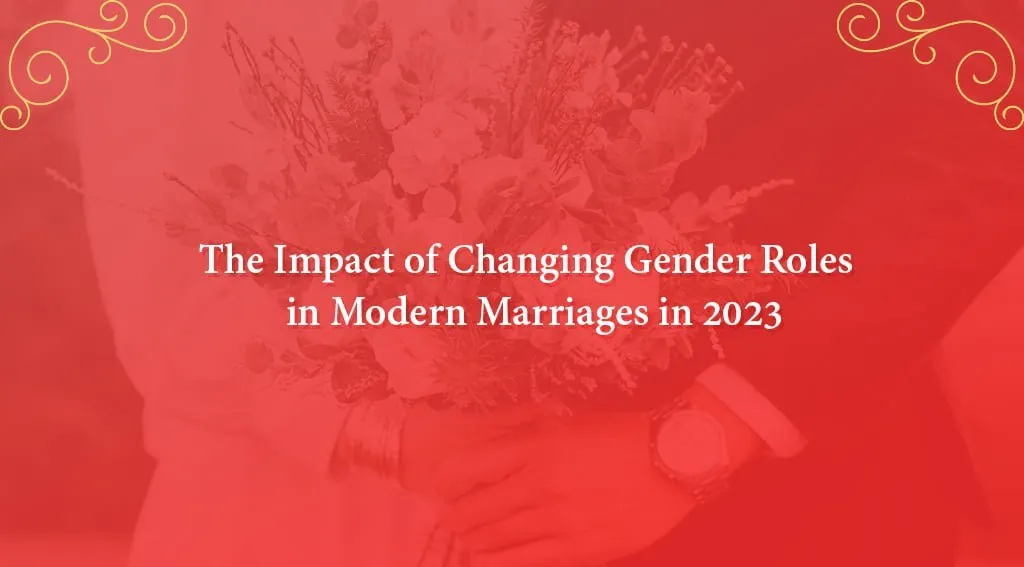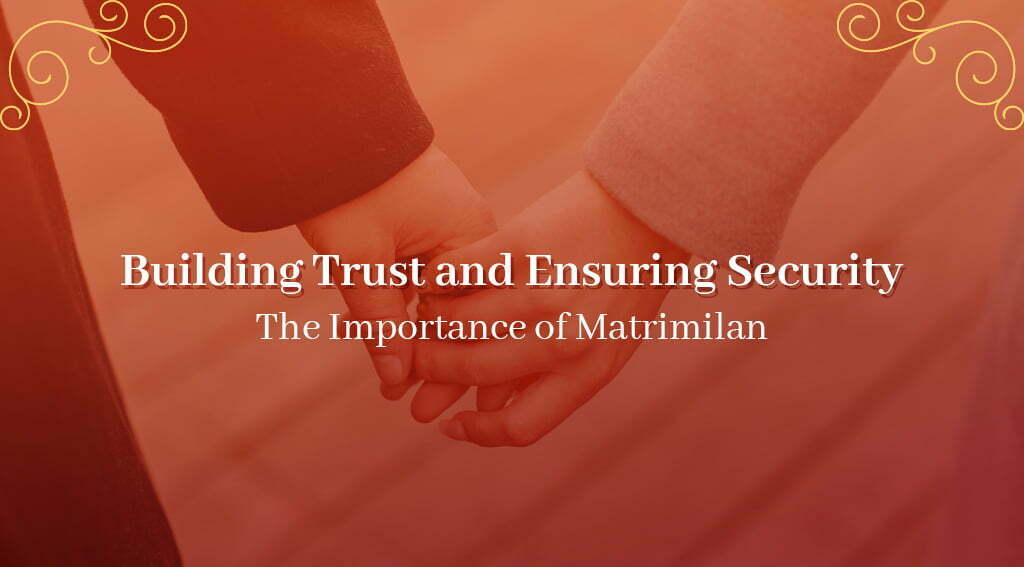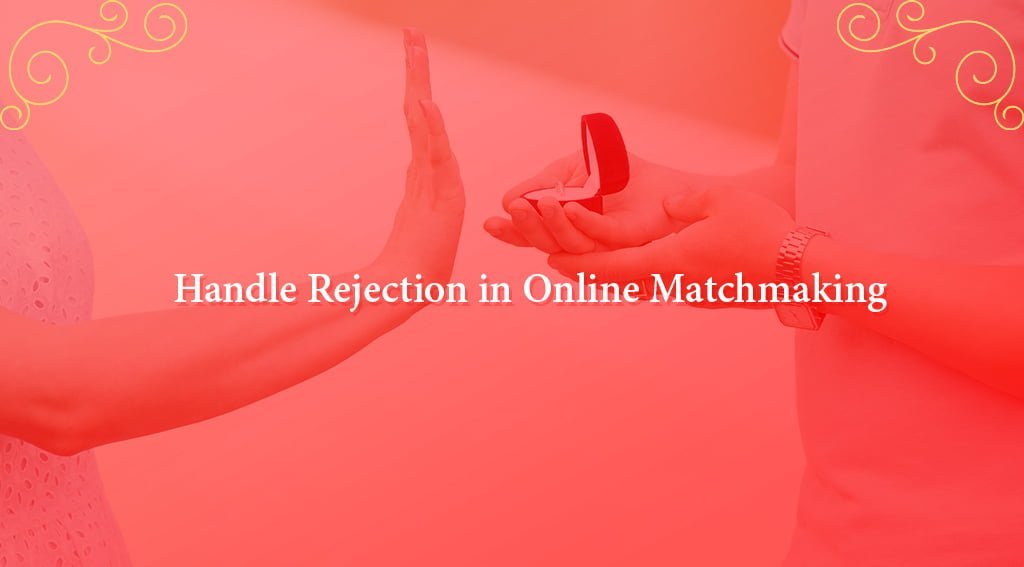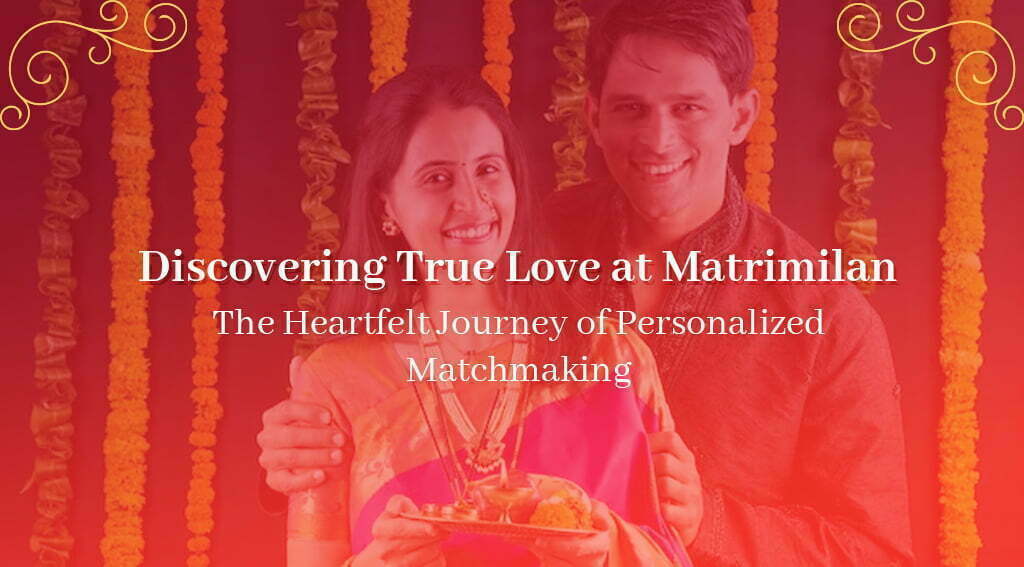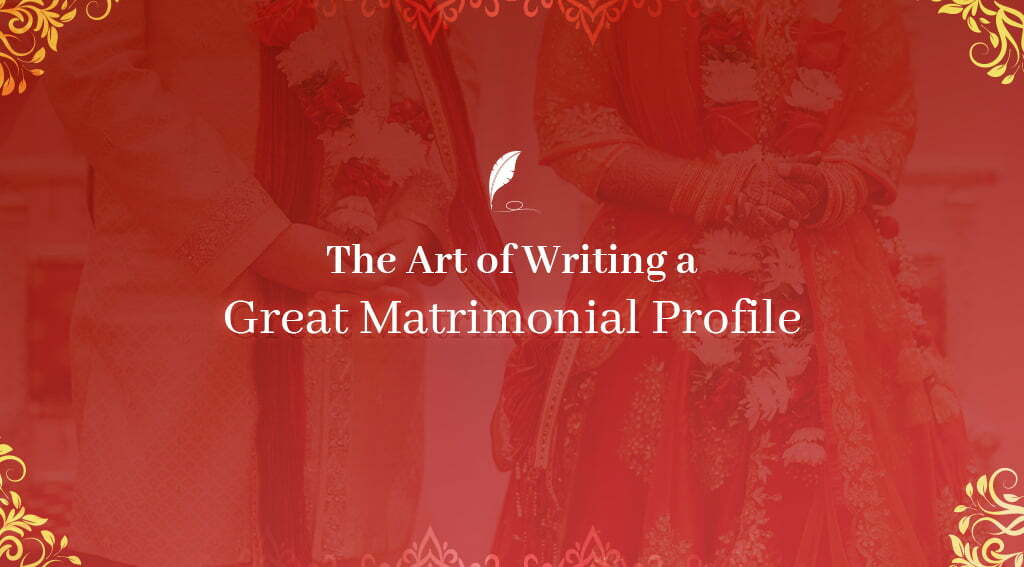Gender roles have been changing rapidly in modern times, and this trend is set to continue in 2023. With these changes come new challenges in planning an intimate wedding celebration that reflects both partners’ personalities and interests. This blog post will explore the changing gender roles in modern marriages in 2023 and how it affects the planning of an intimate wedding celebration.
We will also discuss the importance of communication and compromise, tips for involving both partners in the wedding planning process and sharing responsibilities, and the significance of breaking traditional gender stereotypes in modern marriages and wedding planning.
How Changing Gender Roles Affect Wedding Planning:
I. The Changing Gender Roles in Modern Marriages
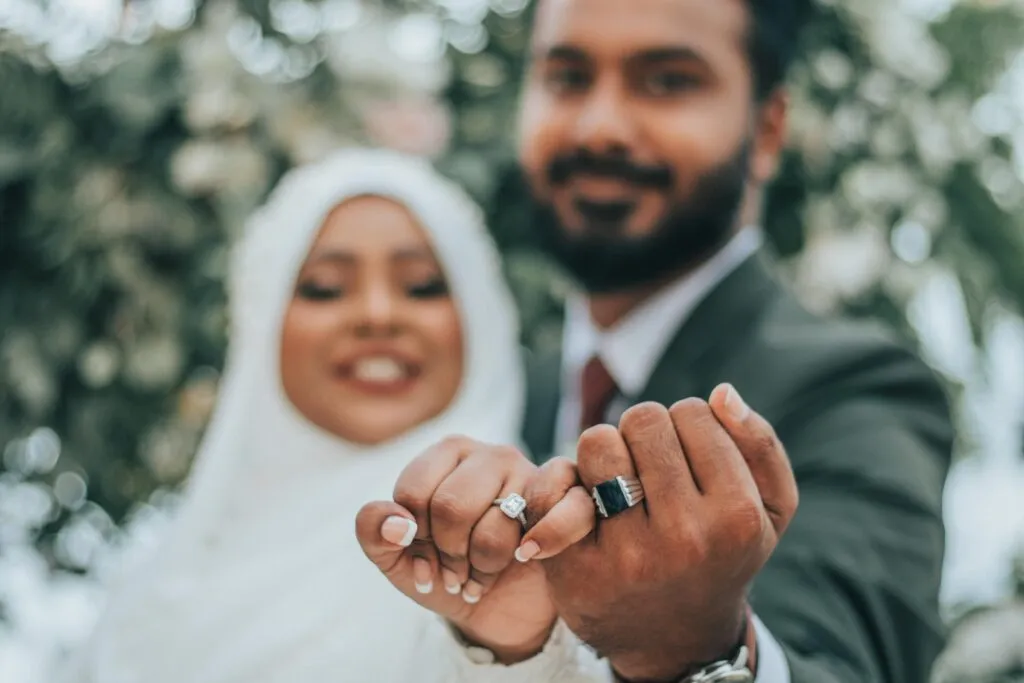
Gender roles are the societal expectations and norms that define the appropriate behaviours, attitudes, and responsibilities of men and women in a given culture or community. In traditional marriages, gender roles were defined by a clear division of labour, where men were considered the breadwinners and women were responsible for domestic work and child-rearing. However, these roles have evolved over time, with men and women taking on more fluid and diverse roles in modern marriages.
The changing gender roles have a significant impact on wedding planning. For example, in modern marriages, both partners are equally involved in the decision-making process. Traditional gender roles often dictated that women were the primary decision-makers when it came to wedding planning. However, in modern marriages, men are more involved in the planning process, and both partners collaborate to make joint decisions.
In traditional weddings, the bride’s family often pays for the wedding, and the groom’s family is expected to provide a dowry. The bride’s family also makes most of the wedding-related decisions, such as the venue, menu, and decor. In contrast, modern weddings are more egalitarian, with both partners contributing equally to the cost and decision-making process.
Gender roles can influence wedding-related decisions in various ways. For example, traditional gender roles often dictate that women should wear white dresses and men should wear black tuxedos. However, in modern weddings, couples have more freedom to choose attire that reflects their personalities and interests. Similarly, traditional gender roles may influence decisions about the venue, menu, and decor, but modern couples often prioritise their preferences and values when making these decisions.
II. The Importance of Communication and Compromise

Effective communication is critical for a successful relationship and a smooth wedding planning process. Both partners should be able to express their ideas, concerns, and preferences openly and honestly. This enables them to work collaboratively and make decisions that reflect both partners’ needs and values.
Productive conversations about wedding planning involve active listening, empathy, and respect. Both partners should be willing to compromise and find common ground to make decisions that work for both of them. They should also establish clear communication channels and set realistic expectations to avoid conflicts and misunderstandings.
Compromise is a vital component of any successful relationship. In the context of wedding planning, both partners should be willing to compromise and find solutions that work for both of them. This may involve prioritising certain aspects of the wedding over others, sharing responsibilities, and respecting each other’s preferences and limitations.
Conflict is inevitable during wedding planning, but couples can manage it effectively by establishing clear communication channels, setting realistic expectations, and focusing on solutions rather than blame. They can also seek the help of a professional mediator or counsellor if necessary.
III. Tips for Involving Both Partners in the Wedding Planning
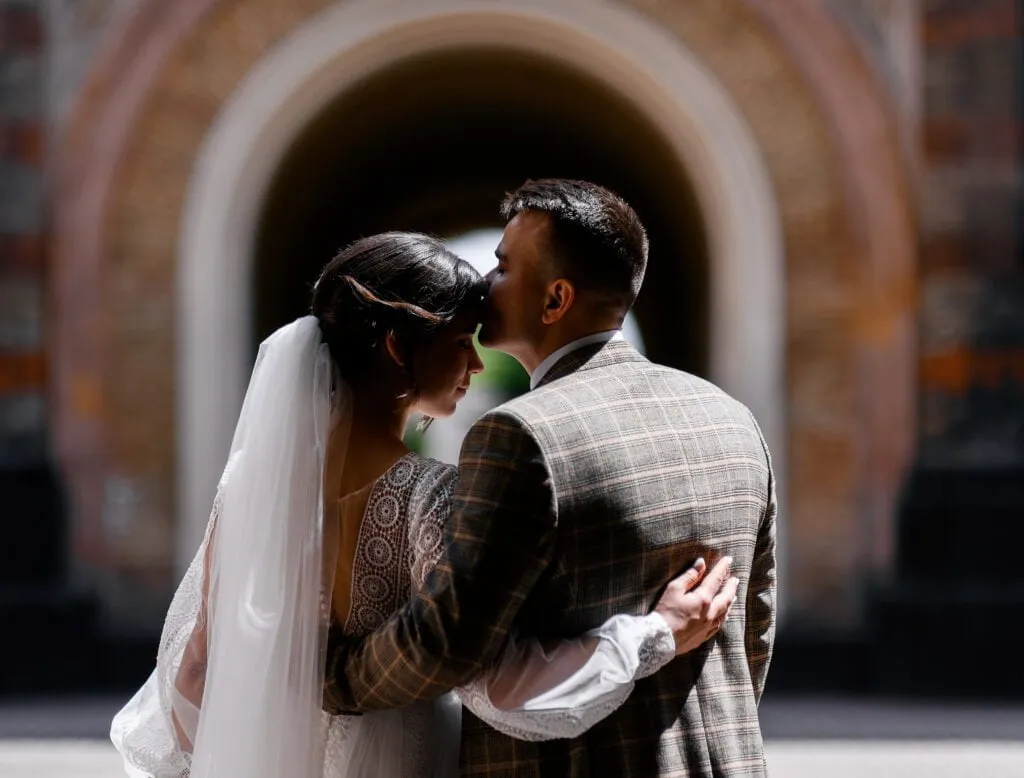
It’s crucial to ensure that both partners have equal input in the wedding planning process. One way to achieve this is by delegating responsibilities based on each partner’s strengths and interests. For example, if one partner enjoys planning and organising, they can take on tasks such as creating a wedding planning timeline or coordinating with vendors. If the other partner is creative, they can take on tasks such as selecting a wedding theme or designing the wedding invitations.
It’s also essential to make wedding planning a collaborative effort. This involves setting aside time to work together on wedding-related tasks and making joint decisions that both partners feel good about. Additionally, it’s important to respect each other’s opinions and ideas and to listen actively during conversations about wedding planning.
Also Read | 2023 Wedding Photography Trends You Need to Know About
IV. How to Create a Wedding Celebration

A wedding celebration should reflect both partners’ personalities and interests. This can be achieved by incorporating personal touches into the wedding planning process. For example, if both partners share a love for travel, they can incorporate a travel theme into their wedding decor or include elements of their favourite destinations in the menu.
It’s also important to select a wedding theme that reflects both partners’ personalities and interests. This could be based on shared hobbies, favourite colours, or cultural backgrounds. Additionally, wedding traditions can be customised to fit both partners’ preferences. For example, instead of a traditional wedding cake, the couple can choose to serve a dessert that reflects both their favourite flavours.
The wedding celebration should aim to create a balanced representation of both partners. This includes considering both partners’ cultural backgrounds, family traditions, and personal preferences when making decisions about the wedding celebration.
V. The Significance of Breaking Traditional Gender Stereotypes
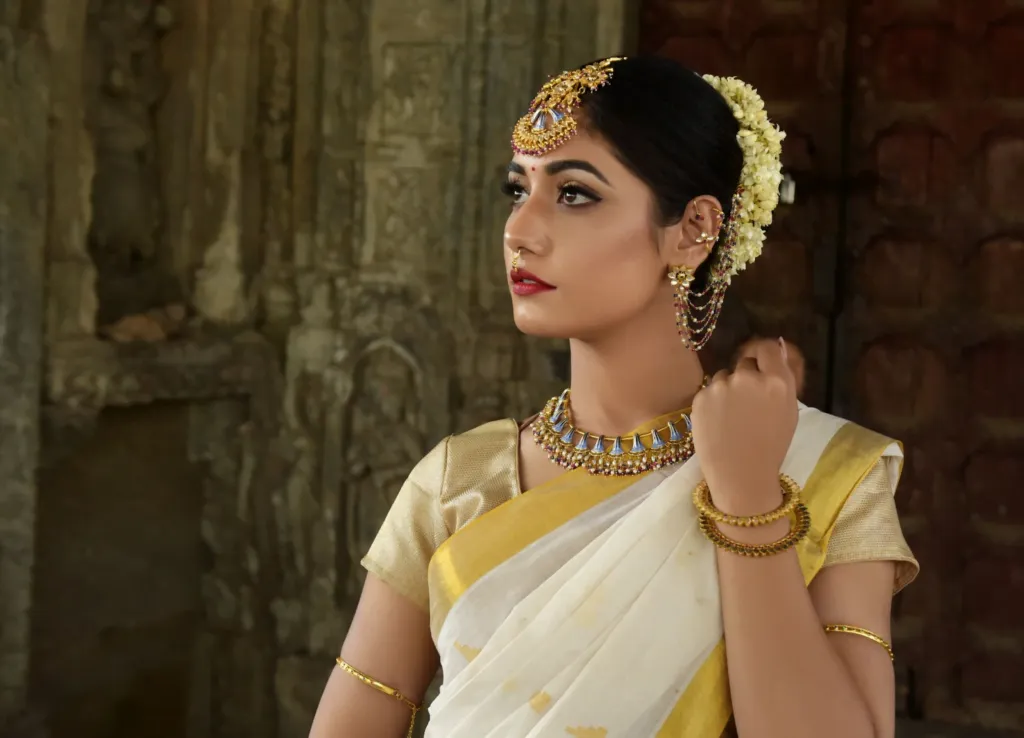
Traditional gender stereotypes can have an impact on wedding planning. For example, there may be assumptions about who takes on certain roles and responsibilities during the wedding planning process. It’s important to challenge these assumptions and work towards breaking traditional gender stereotypes in wedding planning.
This can be achieved by being intentional about the language used in wedding planning, such as using gender-neutral terms. Additionally, wedding attire can be customised to break traditional gender stereotypes. For example, the couple can choose to wear non-traditional wedding attire, such as a suit for the bride or a dress for the groom.
Wedding decor and activities can also be designed to challenge traditional gender stereotypes. For example, the couple can choose to have a non-traditional wedding party that includes both male and female attendants. The significance of embracing individuality and inclusivity in wedding planning cannot be overstated.
Conclusion:
As gender roles continue to evolve, it is essential to approach wedding planning as a collaborative effort that reflects both partners’ preferences and personalities. Effective communication and compromise are vital to navigating wedding-related decisions and breaking traditional gender stereotypes can lead to a more inclusive and meaningful celebration.
By embracing individuality and respecting each other’s ideas and opinions, couples can plan an intimate wedding celebration that reflects their unique love story and shared values.
FAQs
How can I break traditional gender stereotypes in wedding planning?
You can break traditional gender stereotypes in wedding planning by challenging traditional gender roles in wedding attire, decor, and activities, and embracing individuality and inclusivity.
Why is it important to customize wedding traditions to fit both partners’ preferences?
It is important to customize wedding traditions to fit both partners’ preferences because it ensures that both partners feel represented and included in the celebration.
How can I manage conflict during wedding planning?
You can manage conflict during wedding planning by having productive conversations, compromising, and respecting each other’s opinions and ideas.
How can I involve my partner in wedding planning?
You can involve your partner in wedding planning by having open and honest communication, delegating responsibilities based on strengths and interests, and respecting each other’s opinions and ideas.

